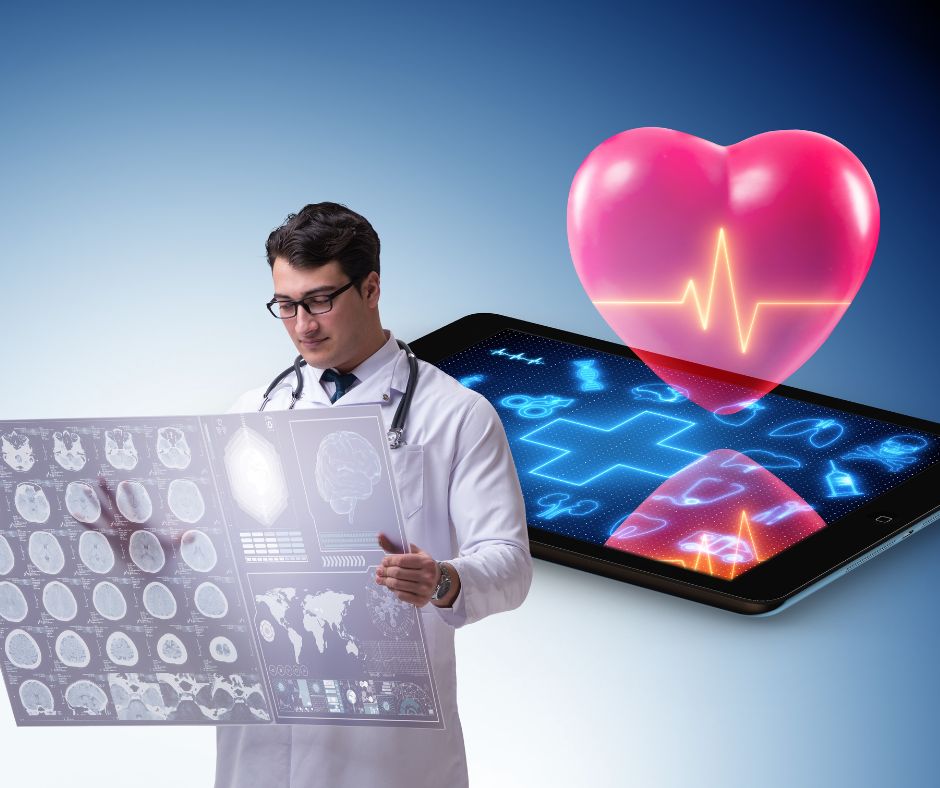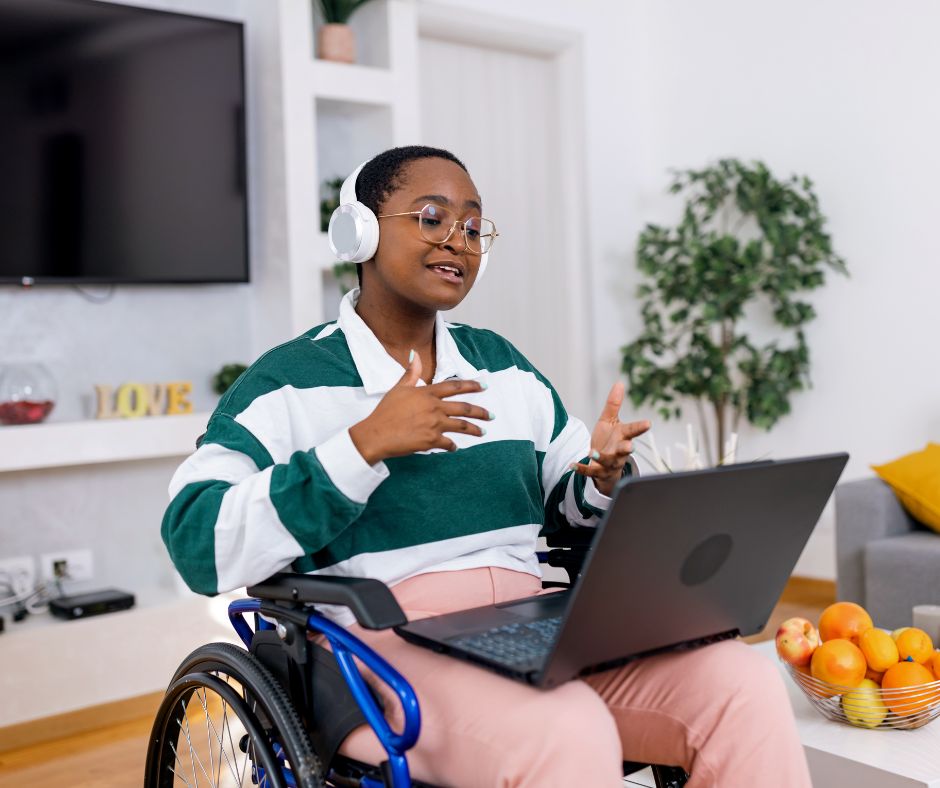Remote patient monitoring (RPM) has become a cornerstone of modern healthcare, as the global RPM systems market is projected to be worth over $1.7 billion by 2027. As healthcare providers and patients navigate this growing market, it’s crucial to choose the best remote patient monitoring devices.
This guide will walk you through the key factors to consider when selecting RPM devices, so you can make informed decisions that benefit patients and healthcare teams.
Contents
RPM Basics

The basics of RPM describes the:
- Definition of remote patient monitoring
- Benefits for patients and healthcare providers
- Types of health conditions suitable for RPM
Comparing Different RPM Device Types
RPM devices come in various forms, each with its own strengths and limitations. Let’s explore the main types.
Wearable devices

Wearable devices like smartwatches and patches offer continuous monitoring with minimal disruption to the patient’s daily life. They’re useful for tracking metrics like heart rate, activity levels, and sleep patterns.
Example: The Apple Watch Series can monitor blood oxygen levels, a feature especially useful for patients with respiratory conditions.
Home-based monitoring systems
These devices are designed for periodic measurements at home. They’re typically used for monitoring vital signs like blood pressure, weight, and blood glucose levels.
For instance, smart scales measure weight and body composition, and some can even detect subtle changes that might indicate fluid retention—a potential sign of heart failure.
Implantable devices

For certain conditions, implantable devices offer the most comprehensive and continuous monitoring. These are typically used for serious cardiac conditions.
Modern implantable cardioverter-defibrillators (ICDs) can monitor heart rhythm continuously and transmit data to healthcare providers, allowing for early detection of potentially life-threatening arrhythmias (Sahu et al., 2023).
Assessing Patient Needs and Preferences
Choosing the right RPM device isn’t just about the technology—it’s about finding a solution that fits the patient’s lifestyle and capabilities.
Consider the patient’s age and tech-savviness

Not all patients are equally comfortable with technology. When selecting an RPM device, consider the patient’s familiarity with digital devices.
For older adults or those less comfortable with technology, look for devices with simple, straightforward interfaces. Some blood pressure monitors, for instance, require just a single button press to take a reading and automatically sync data to a smartphone app.
Evaluate mobility and dexterity requirements
Some patients may have physical limitations that make certain devices harder to use. Consider devices that are easy to handle and don’t require complex movements.
For example, wrist-worn blood pressure monitors can be easier for patients with arthritis to use compared to traditional upper arm cuffs.
Address privacy and security concerns
Many patients are concerned about the privacy and security of their health data. Look for devices and systems that prioritize data protection.
Ensure that the RPM system you choose complies with HIPAA regulations and uses strong encryption methods to protect patient data during transmission and storage.
Key Features to Look for in RPM Devices
When evaluating RPM devices, it’s crucial to focus on several key features that can make or break your experience.
Data accuracy and reliability

The cornerstone of any effective RPM system is its ability to provide accurate and reliable data. After all, what good is a monitoring device if you can’t trust the information it provides?
Look for devices that have been clinically validated and FDA-approved. These certifications ensure that the device has undergone rigorous testing and meets high standards for accuracy.
Example: The Dexcom G7 continuous glucose monitor has been shown to have a mean absolute relative difference (MARD) of 8.2%, indicating high accuracy in measuring blood glucose levels.
Ease of use for patients
The success of an RPM program depends in part on patient adherence. If a device is too complicated or cumbersome to use, patients are less likely to use it.
Consider devices with intuitive interfaces and clear instructions. For instance, some blood pressure monitors feature large, easy-to-read displays and one-touch operation, making them ideal for older adults or those with limited dexterity.
Battery life and power options
Nothing’s more frustrating than a device that constantly needs charging or battery replacement. Look for devices with long battery life or convenient charging options.
Some wearable devices, like certain fitness trackers, can last up to a week on a single charge. Others, like certain blood glucose monitors, use replaceable batteries that can last for months.
Connectivity options (Bluetooth, Wi-Fi, cellular)

Consider how the RPM device transmits data. Different connectivity options offer various benefits:
- Bluetooth: Ideal for short-range communication with smartphones or tablets.
- Wi-Fi: Allows for direct data transmission to the cloud when in range of a network.
- Cellular: Offers the most flexibility, allowing data transmission from anywhere with cellular coverage.
For example, some modern pacemakers can transmit data via cellular networks, allowing for continuous monitoring without the need for a separate transmitter.
Compatibility with Existing Healthcare Systems
RPM systems should fit into existing workflows seamlessly. Here’s what to look for.
Integration with electronic health records (EHR)

An RPM system that integrates with your EHR can streamline data management and improve efficiency. Look for systems that offer API integration or direct data transfer to your EHR system.
For instance, some RPM platforms can automatically populate patient data into EHR systems like Epic or Cerner, saving time and reducing the risk of data entry errors.
Data transmission and storage capabilities
Consider how the RPM system handles data transmission and storage. Look for systems that offer:
- Real-time data transmission
- Secure cloud storage
- Custom alerts based on patient data
Some advanced RPM systems use AI algorithms to analyze patient data and predict potential health issues before they become serious.
Compliance with HIPAA and other regulations
Ensuring compliance with healthcare regulations is non-negotiable. Choose RPM systems that are designed with HIPAA compliance in mind.
Look for features like:
- End-to-end encryption
- Secure user authentication
- Audit trails for data access
Remember, HIPAA compliance isn’t just about the technology—it also involves proper training and protocols for staff using the RPM system.
Evaluating Cost and Insurance Coverage
While the benefits of RPM are clear, cost considerations are important for both healthcare providers and patients.
Initial device costs
The upfront cost of RPM devices can vary widely. Simple devices like blood pressure monitors may cost less than $100, while more advanced systems can run thousands of dollars.
Consider the long-term value rather than just the initial cost. A more expensive device that offers better accuracy and reliability could be more cost-effective in the long run.
Subscriptions and service fees

Many RPM systems involve ongoing fees for data storage, analysis, and support. These costs can add up over time, so it’s important to factor them into your decision.
Some providers offer all-inclusive packages that cover the device, data transmission, and analysis for a fixed monthly fee. This can make budgeting more predictable.
Reimbursement options and insurance coverage
The good news is that many insurance plans cover RPM services, including Medicare. However, coverage can vary depending on the specific device and condition being monitored.
Medicare reimburses for RPM services under CPT codes 99453, 99454, 99457, and 99458. Use these codes to cover device setup, data transmission, and time spent on RPM-related care for your Medicare patients.
Assessing Vendor Support and Reliability
The relationship with your RPM vendor doesn’t end when you purchase the system. Ongoing support is crucial for the success of your RPM program. Here’s what to look for.
Customer service and technical support

Look for vendors that offer comprehensive support, including:
- 24/7 technical assistance
- Multiple support channels (phone, email, chat)
- Resources for patient education
Some vendors even offer dedicated account managers to help healthcare providers optimize their RPM programs.
Device maintenance and updates
RPM technology is constantly evolving. Choose a vendor that provides regular software updates and has a clear process for hardware maintenance or replacement.
For example, some vendors offer automatic over-the-air updates for their devices, ensuring they’re always running the latest software.
Training for healthcare providers and patients

The success of an RPM program often hinges on proper training. Look for vendors that offer comprehensive training programs for both healthcare providers and patients.
This may include:
- In-person or virtual training sessions
- Online resources and tutorials
- Ongoing education about new features or best practices
Some vendors even offer patient onboarding services to help get your RPM program up and running smoothly.
Conclusion
Choosing the right RPM system or device involves careful consideration of various factors, from technical specifications to patient needs and regulatory compliance. By focusing on these key areas, you can select an RPM solution that enhances patient care, improves outcomes, and integrates seamlessly with your existing healthcare routine.
The goal is to find devices that monitor health effectively and integrate seamlessly into patients’ lives and your healthcare workflows. Take the time to thoroughly evaluate your options, and don’t hesitate to ask vendors for demonstrations or trial periods before making a decision.
With the right RPM system in place, you can provide more personalized care to your patients, no matter where they are. Stay informed about the latest options so you can make the best choices for your patients and practice.
References
A Comprehensive Guide to Remote Patient Monitoring (RPM). (2023). Prevounce. Retrieved from https://www.prevounce.com/a-comprehensive-guide-to-remote-patient-monitoring
Krupa, A. Senior monitoring systems: How to find the option that’s best for your loved one. Care. Retrieved from https://www.care.com/c/remote-monitoring-for-seniors/
Sahu, P., Acharya, S., & Totade, M. (2023). Evolution of Pacemakers and Implantable Cardioverter Defibrillators (ICDs) in Cardiology. Cureus, 15(10). doi.org/10.7759/cureus.46389
The technology, devices, and benefits of remote patient monitoring in the healthcare industry. (2023). Emarketer. Retrieved from
https://www.emarketer.com/insights/remote-patient-monitoring-industry-explained











































